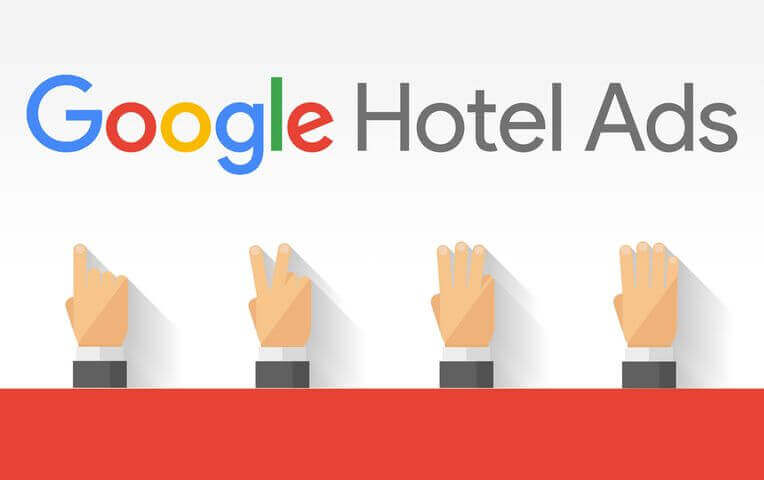
“The customer comes first” – that’s the mindset of today’s marketer. And for the hospitality and travel industry, the constant battle to be at the forefront of personalization is at its peak. In a mobile-first world, getting the right message across at the exact moment a person is researching travel plans is key. For hotel brands to stay competitive with their OTA counterparts, they must constantly innovate and adapt to the latest tech trends. This summer, Google announced a shift in its platform, bringing Hotel Ads under the Google Ads umbrella, signifying endless possibilities for hotel marketers.
Due to OTAs’ larger marketing budgets and massive reach, it has been a constant struggle for hotel marketers to compete. With the shift to digital advertising, OTAs have been successful in dominating the battle, creating hyper-targeted and personalized ad campaigns that woo consumers. For hotel brands, not only are they competing for brand awareness, they’re also losing anywhere from 15-30 percent of booking fees to OTAs. When it comes to online marketing, hotel brands have always been playing catch up, until now.
With Google Hotel Ads, marketers now have the ability to appear on the first page of a Google search increasing their customer base. By understanding customer data and creating personalized retargeting strategies, hotel brands can finally get the leg up they were looking for. But before that can happen, one must first understand the importance of Google Hotel Ads and how to incorporate it within campaigns.
Leverage Your First-Party Data
While OTAs have a wide array of tools at their disposal, an area where hotel brands have an advantage is with their first party-data. This data, collected directly from interactions with customers, can signify intent and interests, and aid in retargeting efforts. The key for hotel marketers lies within this data, and in using it strategically to drive campaign decisions.




